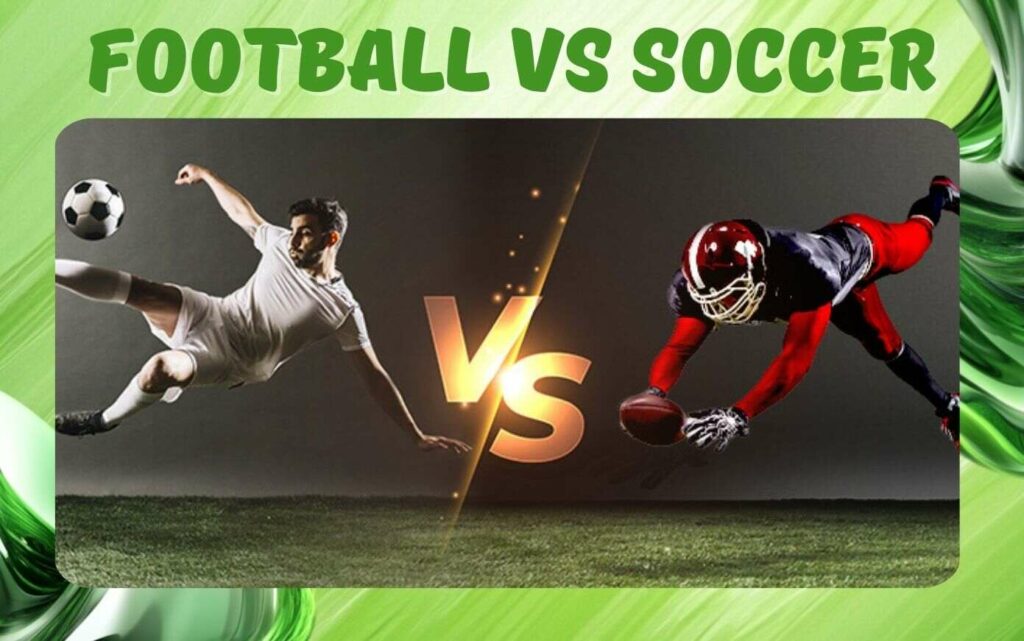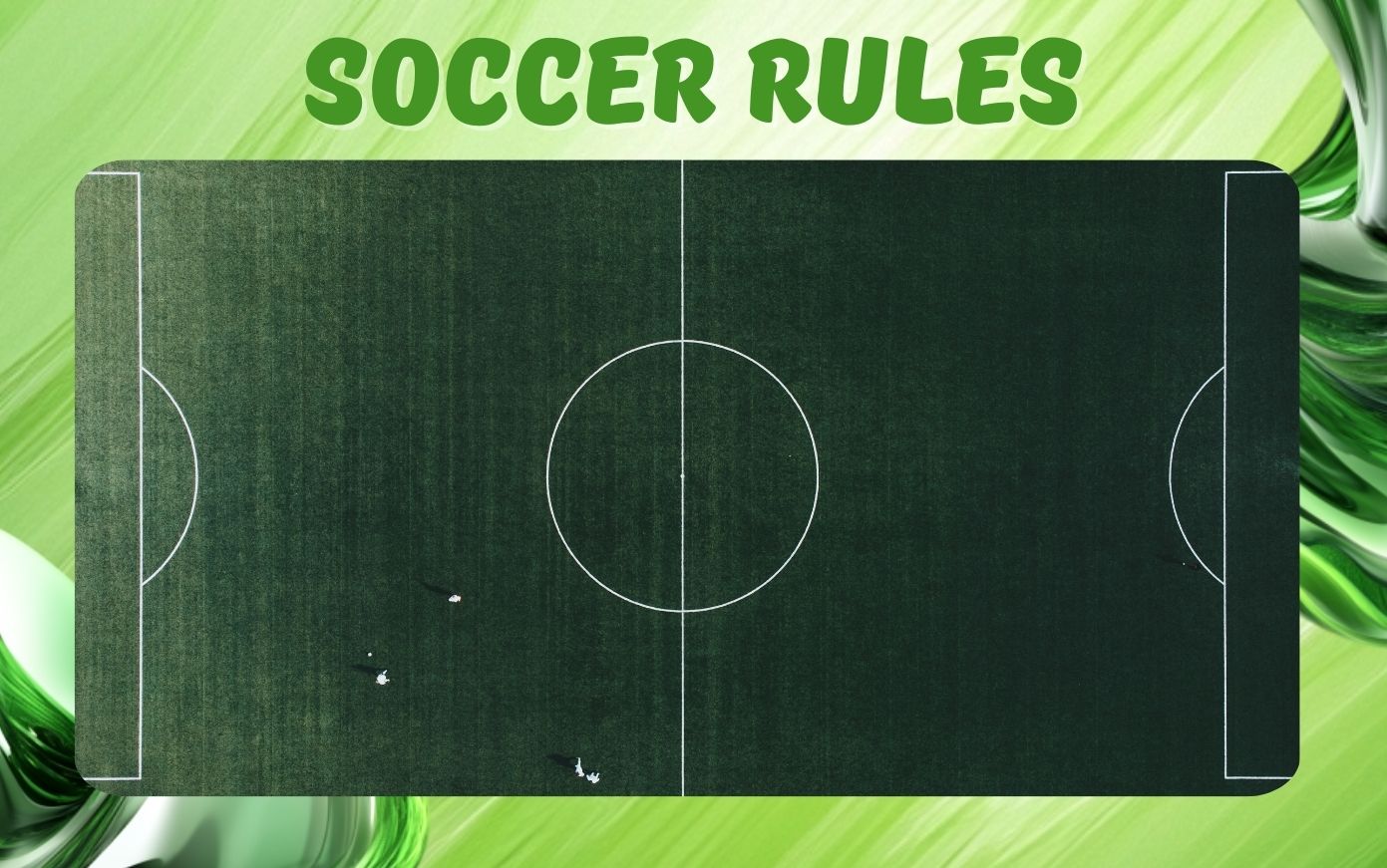Soccer, known as football in most parts of the world, is a captivating sport that unites fans across continents. From its ancient origins to the modern game, let’s explore the rules, nuances, and excitement of soccer.
What is the History of Soccer?
Soccer’s roots trace back over 2,000 years to ancient China, Greece, and Rome. These early versions involved kicking a ball made of rock or animal hide. However, the soccer we know today emerged in 19th-century England. The English Football Association standardized the rules, christening it “Association football” to distinguish it from other forms of football played at the time.
Soccer Today
Fast forward to the present, and soccer remains the world’s most popular sport. From local matches to global tournaments, it captivates hearts and ignites passion. Whether you’re playing in a neighborhood park or watching the World Cup, soccer transcends borders and cultures.
Football vs Soccer Difference

The terminology can be confusing. In the United States, “football” refers to American football—a game played mostly with hands and an oval ball. However, in most other countries, “football” means soccer. The British call it “football,” while Americans use “soccer.” So, remember: same game, different names!
How to Play Soccer

- Passing and Dribbling: Use different parts of your foot to control the ball. Pass it to teammates by kicking or dribbling it as you run.
- Scoring Goals: The objective is simple—score more goals than the opponent. Kick the ball into their net, which is 8 yards wide and 8 feet high.
- Positions: Soccer teams have 11 players, each with specific roles. From goalkeepers to strikers, everyone contributes to the game.
- Game Duration: A standard soccer match lasts 90 minutes, divided into two halves of 45 minutes each. Add stoppage time for delays during play.
- Extra Time: If tied, extra time (two 15-minute halves) may be added. It’s followed by a penalty shootout if needed.
How Long Is a Soccer Game?
- Regular Time: 90 minutes (two halves of 45 minutes each) + stoppage time.
- With Extra Time: Up to 120 minutes (including extra time) for tied matches.
- Penalty Shootout: Sudden death stage until someone scores and the opponent misses.
Best Soccer Players
- Pelé: The Brazilian icon known for his skill, flair, and three World Cup wins.
- Diego Maradona: The Argentine maestro with the famous “Hand of God” goal.
- Lionel Messi: The modern magician, breaking records and dazzling fans.
- Cristiano Ronaldo: The Portuguese powerhouse, a goal-scoring machine.
The Soccer World Cup
| Category | Details |
| Organizer | FIFA (Fédération Internationale de Football Association) |
| First Tournament | 1930 in Uruguay |
| Frequency | Every 4 years |
| Number of Teams | 32 (expanding to 48 teams from 2026 onwards) |
| Qualification | Teams qualify through regional qualifying tournaments |
| Current Champion | Argentina (2022) |
| Most Titles | Brazil (5 titles: 1958, 1962, 1970, 1994, 2002) |
| Format | Group stage followed by knockout rounds (Round of 16, Quarter-finals, Semi-finals, Final) |
| Group Stage | 8 groups of 4 teams each, top 2 teams from each group advance to the knockout stage |
| Knockout Stage | Single-elimination matches, including extra time and penalties if needed |
| Final Match Venue | Rotates among different host countries; the final is held in a pre-determined stadium |
| Host Selection | Host countries are selected through a bidding process |
| Next Tournament | 2026 (co-hosted by the USA, Canada, and Mexico) |
| Top Goal Scorer (Single Tournament) | Just Fontaine (France) – 13 goals in 1958 |
| Golden Ball Winner | Awarded to the best player of the tournament (e.g., Lionel Messi in 2014, Luka Modrić in 2018) |
| Golden Boot Winner | Awarded to the top goal scorer of the tournament (e.g., Harry Kane in 2018) |
| Best Young Player | Awarded to the best young player (under 21) of the tournament (e.g., Kylian Mbappé in 2018) |
How Many People on a Soccer Team
| Category | Number of Players | Description |
| Starting Lineup | 11 players | Each team fields 11 players on the pitch, including one goalkeeper and ten outfield players. |
| Goalkeeper | 1 player | The goalkeeper is the only player allowed to use their hands and arms, but only within the penalty area. |
| Outfield Players | 10 players | Outfield players typically include defenders, midfielders, and forwards, each with specific roles and responsibilities. |
| Substitutes | Typically 3 to 5 allowed substitutes during a match | Teams can have several substitutes on the bench, but the number of allowed substitutions during a match is regulated by the competition rules (usually 3 in regular time, sometimes 5). |
| Total Squad Size | Usually 18 to 23 players, depending on the competition | This includes both starting players and substitutes. Squad sizes can vary based on the tournament or league rules. |
| Substitution Rules | 3 to 5 substitutions allowed per game (varies by competition) | Some competitions may allow an additional substitution in extra time. |
| Reserve Players | Additional players not included in the matchday squad | Teams often have additional players who are not selected for the matchday squad but are part of the overall team. |
Soccer is more than a game—it’s a universal language that brings people together. So, lace up your boots, join a team, and experience the joy of the beautiful game!
